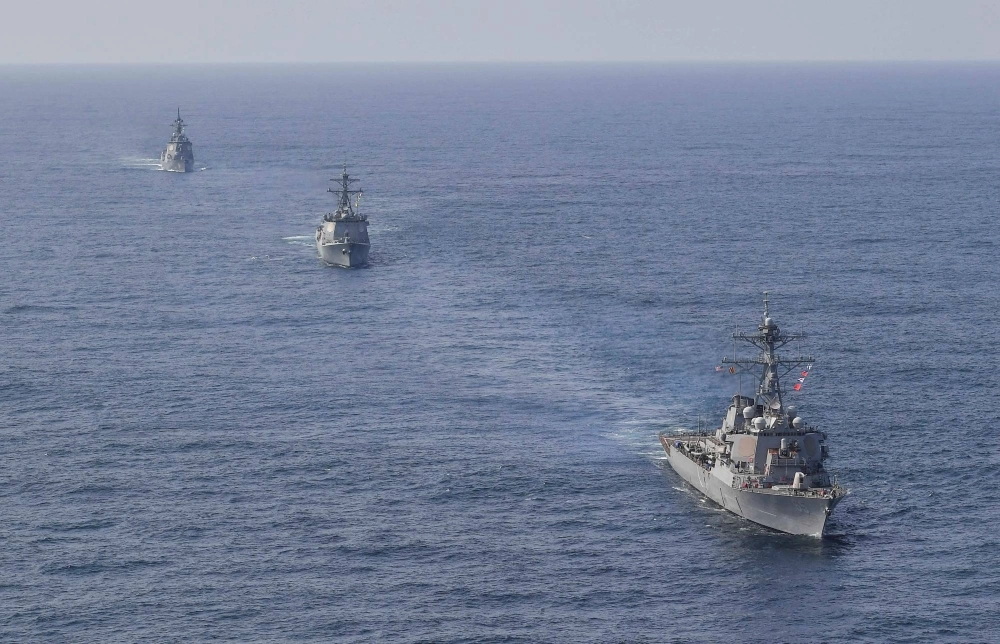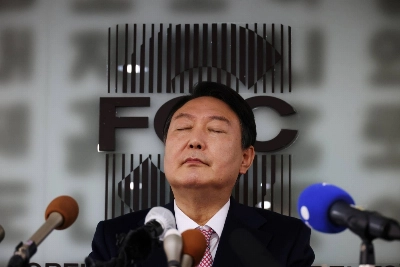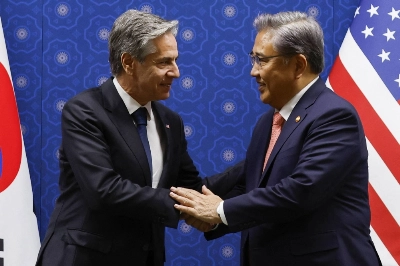Japan, South Korea and the United States continue to deepen trilateral defense cooperation, with the three countries agreeing Sunday to start sharing real-time missile-warning data next month to better detect and assess North Korea’s increasingly frequent ballistic missile launches.
Following talks between the countries' defense chiefs, the three sides said the data-sharing mechanism is now "in the final stages of testing" and would be "fully operationalized by the end of December," according to a Pentagon statement.
The meeting took place during U.S. Defense Secretary Lloyd Austin’s visit to Seoul for annual bilateral security talks with his South Korean counterpart, Shin Won-sik, with Defense Minister Minoru Kihara joining the meeting via video link.





















With your current subscription plan you can comment on stories. However, before writing your first comment, please create a display name in the Profile section of your subscriber account page.